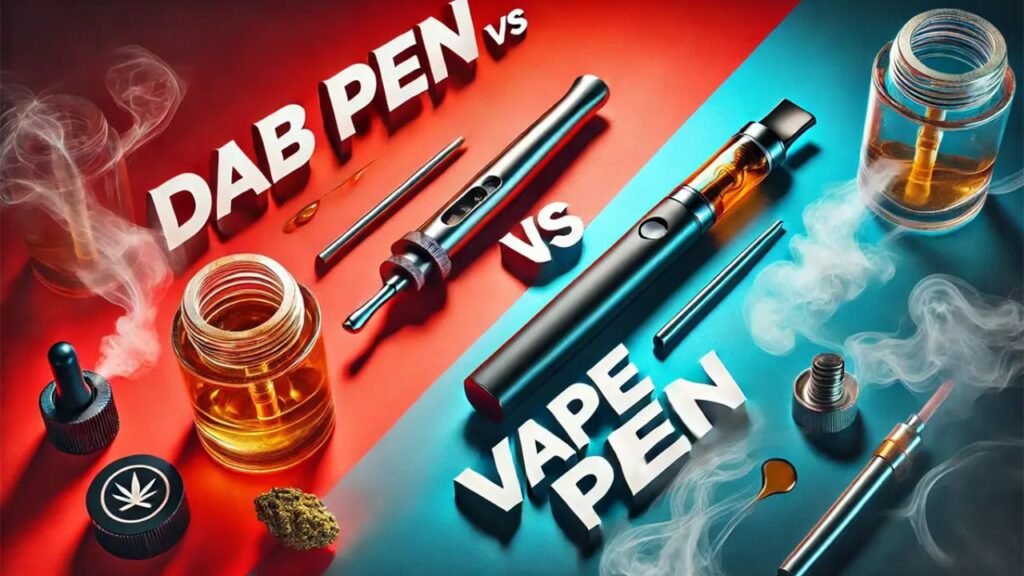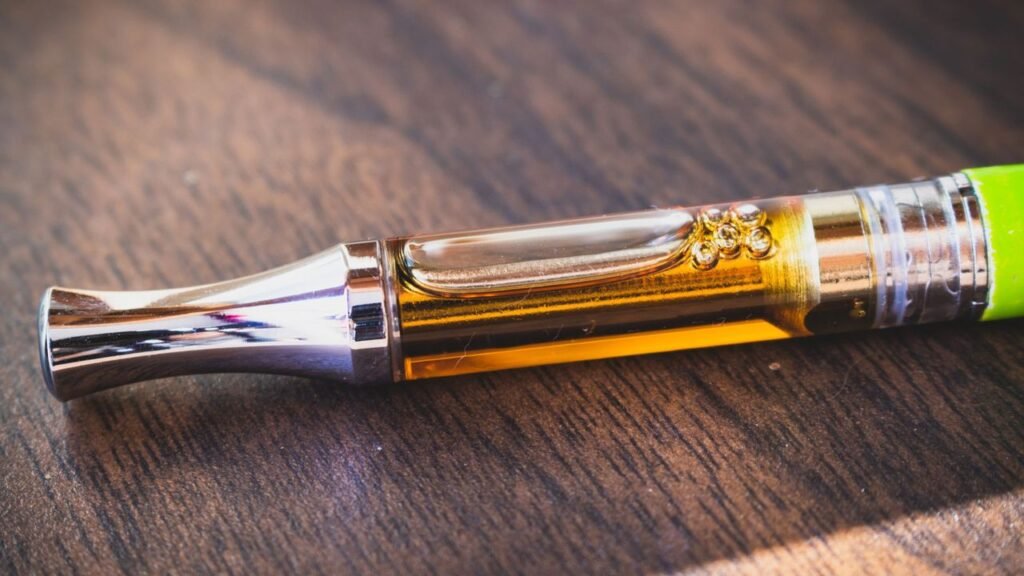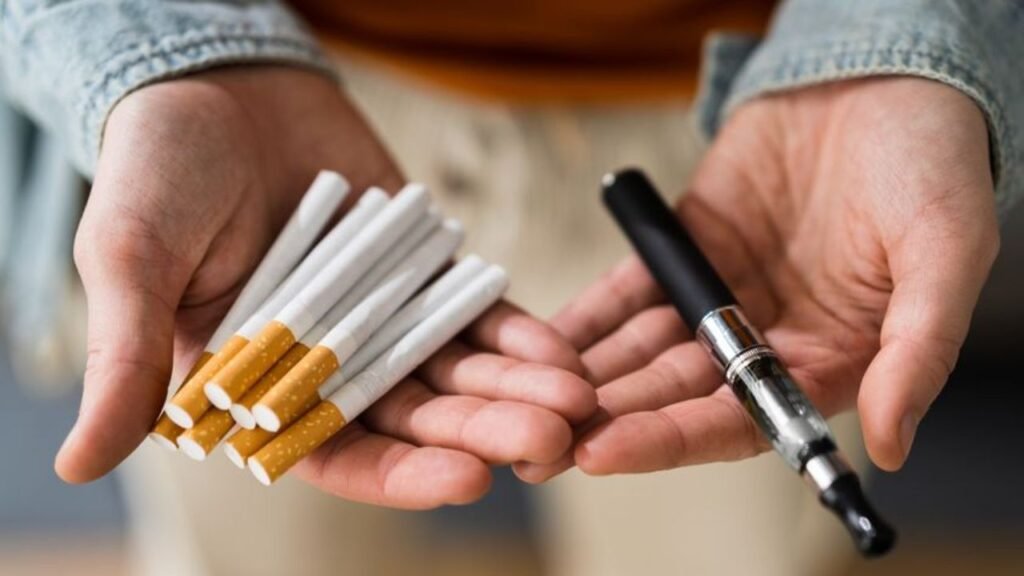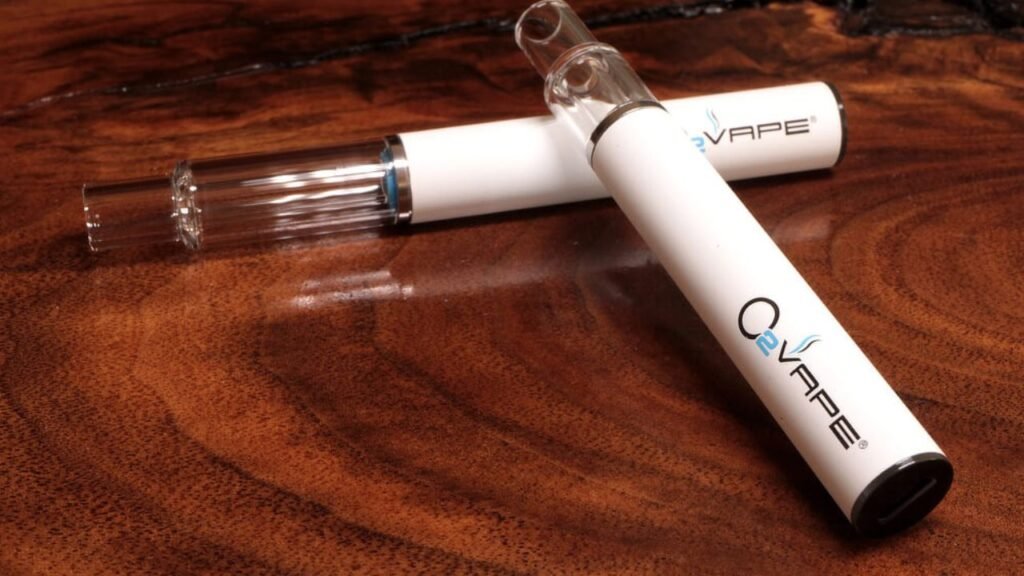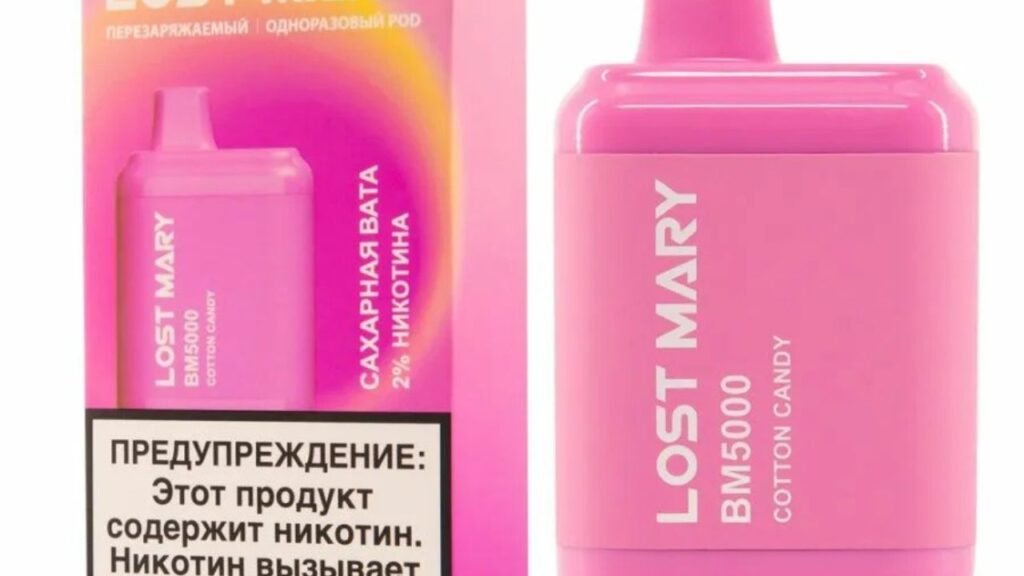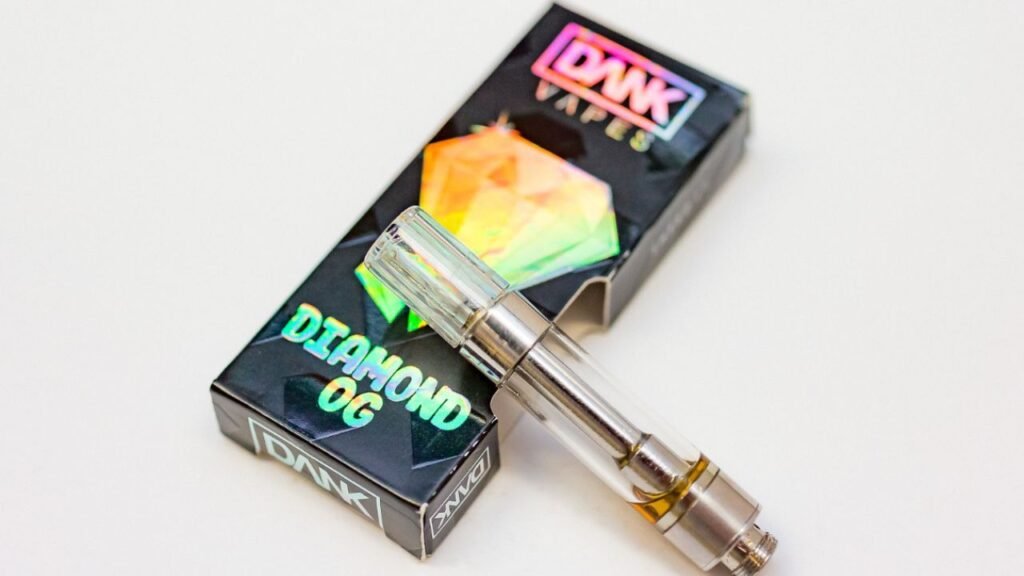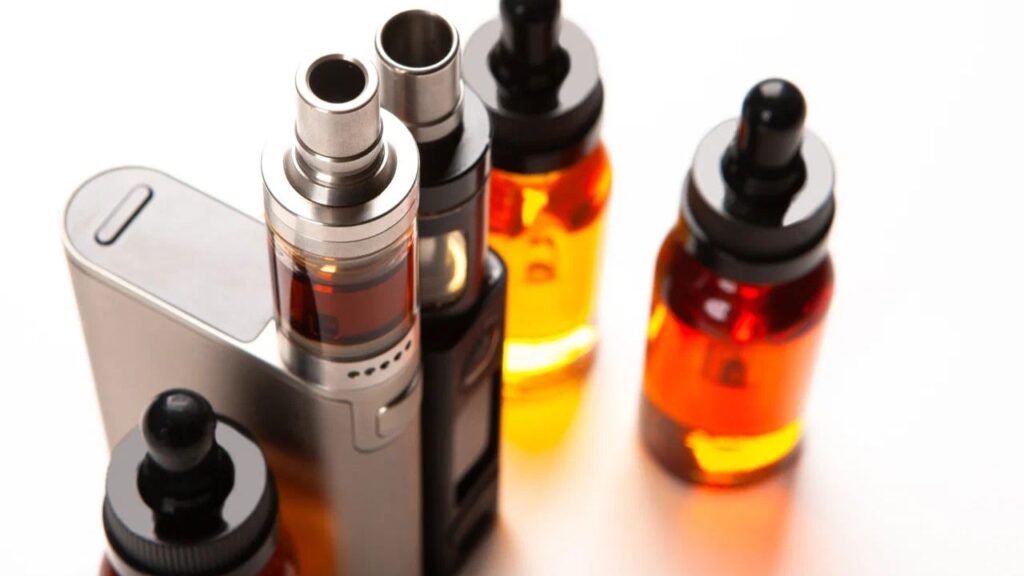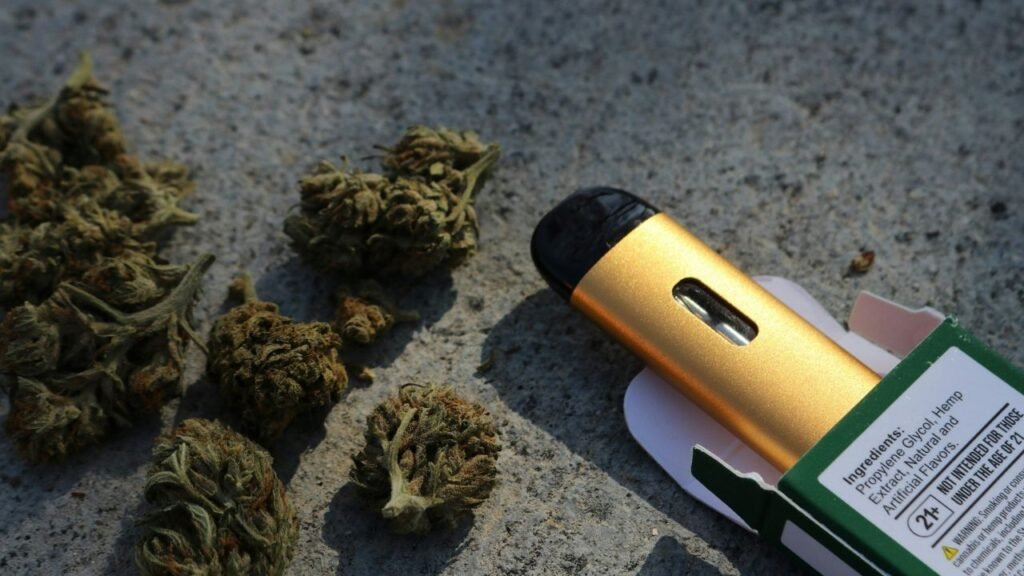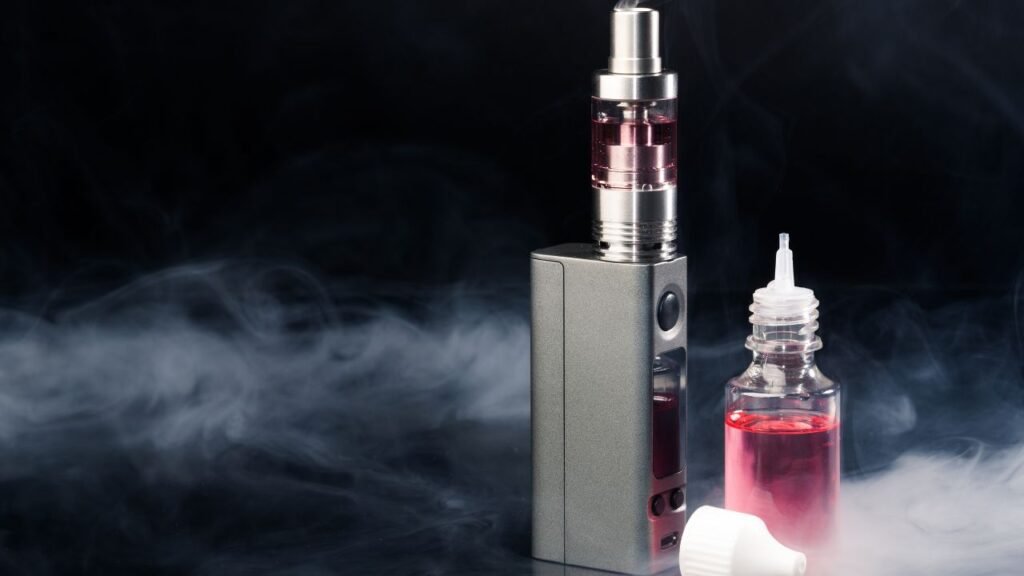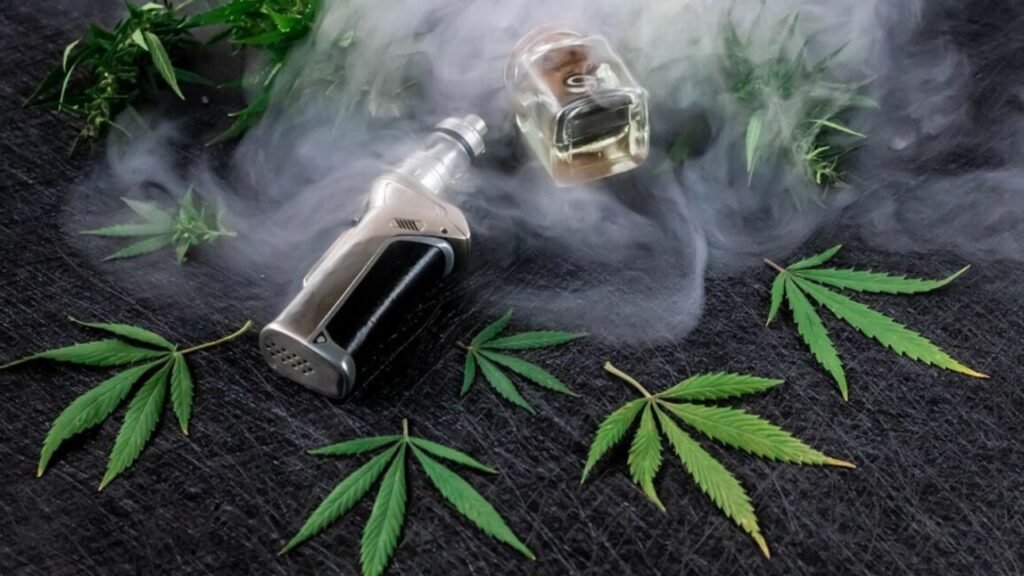How to Spot Fake Vape Carts: A Complete Guide
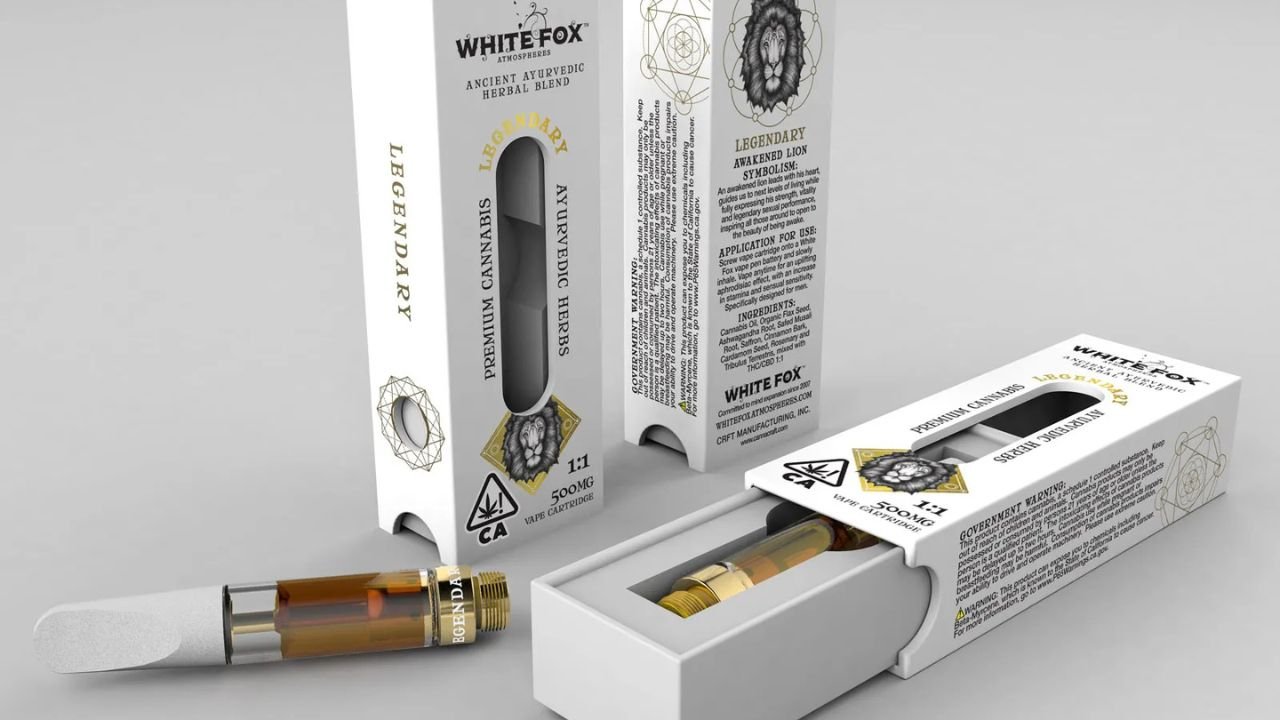
In recent years, vape cartridges—commonly referred to as vape carts—have gained significant popularity due to their convenience, potency, and discreet use. From cannabis concentrates to flavored nicotine oils, these small devices offer a modern alternative to traditional smoking. However, as demand continues to grow, so does the market for counterfeit vape carts. These fake products often mimic trusted brands but are made with low-quality or even harmful ingredients.
This makes it essential for consumers to know how to identify fake vape carts before use. Buying from unauthorized or unverified sources increases the risk of exposure to toxic substances like pesticides, heavy metals, or unregulated THC oils. These substances can lead to severe health problems, including respiratory issues, lung infections, and long-term damage. Understanding how to spot fake vape carts is more than just avoiding scams—it’s a crucial step in protecting your health and ensuring a safe, enjoyable vaping experience.
Understanding Fake Vape Carts
A. Definition of Fake Vape Carts
Fake vape carts are counterfeit versions of legitimate, branded vaping cartridges. These knock-offs are often designed to look identical to authentic products, using similar packaging, logos, and labeling. However, unlike genuine cartridges manufactured under strict quality control, fake carts are typically produced in unregulated facilities. They may contain unknown or harmful substances, and they rarely undergo any form of safety testing. In many cases, even the hardware components, such as the tank or mouthpiece, are made from substandard materials that can affect user safety.
B. Common Characteristics of Counterfeit Products
Fake vape carts often display several telltale signs. One common indicator is poorly printed packaging with blurry graphics, misspelled words, or inconsistent logos. Another warning sign is the lack of official lab test results or QR codes that verify product authenticity. Many counterfeit carts are sold in bulk or without any child-resistant packaging, a feature required for legal vape products in many regions. Additionally, unusual pricing is a red flag—if the price seems too good to be true, it probably is. Fake cartridges may also exhibit unusual odors, inconsistent oil colors, or viscosity that is either too thin or too thick, suggesting the presence of harmful additives or contaminants.
C. Reasons for the Prevalence of Fake Vape Carts in the Market
The vape industry, especially the cannabis sector, has grown rapidly, creating a profitable but loosely regulated market. This environment makes it easy for counterfeiters to thrive. High demand for THC and CBD products, combined with limited access in regions where cannabis remains illegal or hard to find, encourages consumers to turn to the black market. Counterfeiters take advantage of this gap by producing knock-off versions of popular brands and distributing them through unlicensed retailers or online platforms.
Another reason fake vape carts are widespread is the lack of awareness among consumers. Many users, especially beginners, do not know what to look for when identifying legitimate products. This makes them vulnerable to purchasing fake items without realizing the risks. Moreover, with minimal legal repercussions in some areas, illicit manufacturers continue to operate with little deterrence. As long as there is a demand for affordable or accessible vaping products, counterfeit carts will remain a significant concern. Educating consumers is one of the most effective ways to combat the spread of these dangerous products.
Identifying Fake Vape Carts
Recognizing fake vape cartridges is critical for your safety. Counterfeit carts may look convincing at first glance, but careful inspection can reveal subtle yet significant differences from authentic products. Below are key methods for identifying fake vape carts through visual clues, authenticity checks, and performance indicators.
A. Visual Inspection
- Packaging Details
- Authentic vape cartridges come in well-designed, tamper-proof packaging with clear graphics, readable fonts, and professional finishes. Fake carts often feature cheap, flimsy packaging with faded colors, poor print quality, and spelling errors. Look for signs like off-center logos, missing legal warnings, or unusual artwork. Legitimate brands invest in premium packaging to reflect their quality; counterfeiters cut corners to save costs.
- Labeling and Branding Inconsistencies
- Compare the product to the official branding on the manufacturer’s website. Pay attention to font styles, logo placement, and product names. Fake vape carts frequently misuse brand names or use outdated designs no longer in circulation. If the cartridge claims to be from a well-known brand but the branding looks unfamiliar or inconsistent, it’s a red flag.
B. Product Authenticity
- QR Codes and Batch Numbers
- Reputable vape brands print QR codes or batch numbers on their packaging or cartridges. These can be scanned to verify authenticity through the brand’s official website or database. If the QR code doesn’t work, leads to a suspicious site, or is missing altogether, it’s likely a counterfeit. Batch numbers should also be easy to locate and match the brand’s testing information.
- Manufacturer Information
- A genuine vape cart will list the manufacturer’s name, address, and often a link to lab results (COA – Certificate of Analysis). Fake products often skip this information or use generic contact details. If the packaging lacks transparency about who made the product, consider it untrustworthy.
C. Performance and Quality
- Taste and Vapor Production
- Authentic vape carts deliver a smooth, clean vapor with consistent flavor. Fake carts may taste harsh, burnt, metallic, or overly sweet due to unsafe additives like vitamin E acetate or synthetic terpenes. Poor vapor production, frequent clogs, or an unusually fast-burning cartridge also indicate poor-quality or fake oil.
- Oil Consistency and Color
- The oil in a genuine cart should be thick, amber-colored, and evenly filled. Fake carts often contain oil that is too thin, too dark, or cloudy. Bubbles that rise too quickly, uneven liquid levels, or signs of separation suggest diluted or contaminated oil.
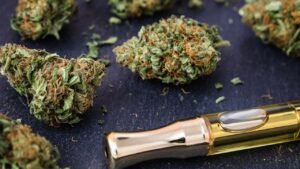
Notable Fake Cart Brands and Products
Counterfeit vape cartridges often imitate popular and trusted brands to trick consumers into thinking they’re buying legitimate products. Many fake carts have flooded the market, often sold online, in smoke shops, or through unlicensed dealers. Recognizing known fake cart brands and examples can help users make safer choices.
A. Fake Cart Brand List
Some brands are more commonly counterfeited than others. The following are frequently found in fake or unlicensed forms:
- Dank Vapes – Widely circulated but not tied to a real company. Anyone can print packaging and fill carts.
- Mario Carts – Often fake and unregulated, with flashy designs aimed at younger users.
- Runtz Carts – Frequently counterfeited using colorful packaging and misleading strain names.
- Cali Plug – Commonly used as fake branding with no verified licensing or lab results.
- KRT, Exotic Carts, Smart Carts – All are often found in black market versions with untested oil.
These names appear legitimate due to slick packaging but lack lab verification or business registration, making them unsafe.
B. Specific Examples of Fake Carts
- Ghost Pen
- Many Ghost-branded vape pens have appeared with no traceable manufacturer or lab testing. These pens often come in sleek packaging, but their origins are unknown. Users report inconsistent quality, and they are commonly flagged as fake or unregulated on forums.
- Packman Carts: Real or Fake?
- Packman carts are often considered fake because there is no centralized, verifiable brand behind them. While they may mimic real packaging or claim to contain live resin, most products under this name are unlicensed. Without COAs or brand accountability, they’re not safe.
- Fake Cookies Disposable Vape Pen
- Cookies is a legitimate cannabis brand, but it is heavily counterfeited. Fake Cookies disposables often use the brand’s logo and strain names, but the oil inside is untested and potentially dangerous. Always verify through the official Cookies website or dispensary.
- Piff Bar Cart: Real or Fake?
- Piff Bar carts are commonly found on the black market but are not associated with a legitimate licensed company. These carts are usually fake and should be avoided due to unknown ingredients and health risks.
C. Fake Disposable Carts List
- Muha Meds (often unregulated despite real branding attempts)
- Glo Extracts
- Space Vape
- Whole Melts
- Jungle Boys Disposable
- Boutiq Disposable
- Supreme Carts
- Off White Carts
These brands may seem credible due to attractive packaging and social media presence, but many are either fully fake or distributed without proper testing. Always verify brand legitimacy through official websites, COAs, and licensed dispensaries. Avoid buying from gas stations, pop-up shops, or unknown online retailers.
FAQs
What is a fake cart brand list?
A fake cart brand list includes commonly counterfeited vape cartridge names that often appear in unlicensed markets. These brands, like Dank Vapes or Mario Carts, may look professional but are not tied to legal, regulated producers. Using them can expose you to harmful, untested ingredients.
What is a fake cart list?
A fake cart list refers to known vape cartridges that are often sold as counterfeits or bootlegs. Brands like Runtz Carts, Cali Plug, and Exotic Carts are frequently seen without lab results or manufacturing oversight.
Is Ghost Pen real or fake?
Ghost Pens are commonly found in fake or unlicensed forms. Many versions on the market lack brand transparency, lab testing, or a legitimate company backing them. If your Ghost Pen has no verifiable information or lab results, it’s likely fake and potentially unsafe to use.
Are Packman Carts real or fake?
Always check for QR codes and COAs to confirm authenticity.
What is a fake cart list?
A fake cart list highlights commonly counterfeited or unregulated disposable vape brands. Names like Muha Meds, Jungle Boys Disposables, Glo Carts, and Boutiq Disposables frequently appear in this category. These products may contain unknown chemicals and pose serious health risks if used.
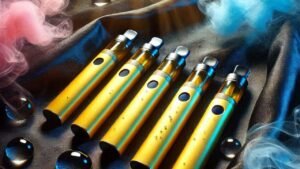
Conclusion
Spotting fake vape carts is essential for your health and safety. Throughout this guide, we’ve covered how to identify counterfeit products through visual inspection, labeling inconsistencies, lack of manufacturer information, poor vapor performance, and questionable oil quality. We’ve also highlighted commonly faked brands like Packman, Ghost Pen, and Cookies, as well as the dangers associated with using unverified vape products. Prioritizing authenticity can protect you from harmful substances often found in fake carts, such as pesticides, heavy metals, or unregulated THC oil. Always purchase from licensed dispensaries, verify packaging details, and scan for QR codes or lab results when available. By staying informed, you help create a safer vaping community. If you’ve ever encountered a fake vape cart, consider sharing your story. Your experience and tips could help others avoid dangerous products. Together, we can raise awareness and reduce the spread of counterfeit vape cartridges in the market.
Read More>>>>>>> How to Spot Fake Vape Carts: A Complete Guide

